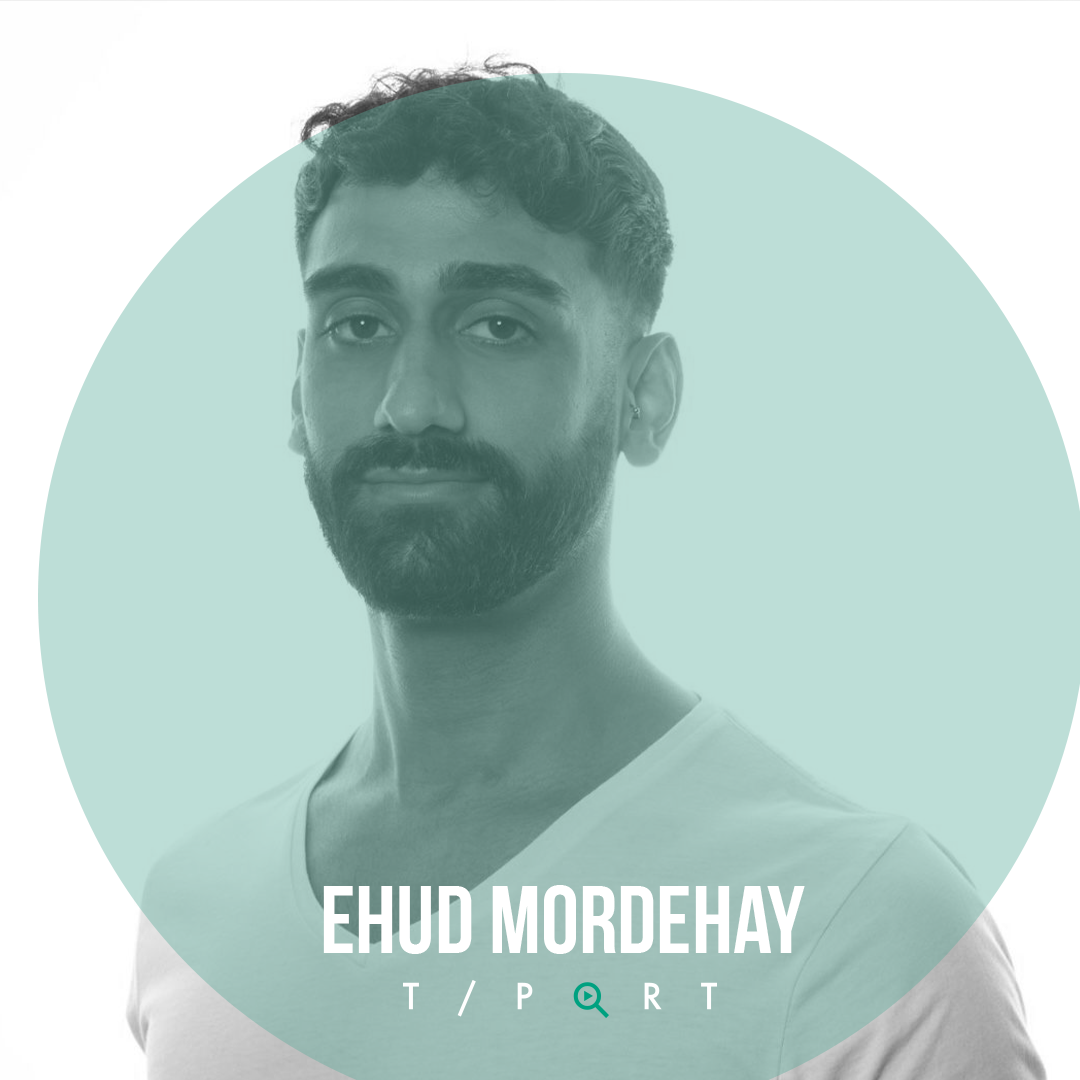“On August 1, 2009, a perpetrator forcefully entered the meeting place for LGBTQ+ youth known as ‘Barnoar’ in the heart of Tel Aviv, unleashing a hail of gunfire indiscriminately. In an instant, that fateful bullet pierced my body, forever altering the course of my life.”
With these words, filmmaker Ehud (Udi) Mordehay introduces the heartbreaking circumstances that led him to create his documentary film UnNamed. Becoming one of the subjects of his own film he used the process to address the PTSD he was suffering following the attack, while reconnecting with his family.
In this moving interview we talk to the filmmaker, whose work is on T-Port through our partners at Kibbutzim College, Mordehay shares about what he learned through the process and how the creative journey helped him address and move forward from the devastation of that day.
Professional subscribers can watch UnNamed on T-Port now.
Hi Udi! Would you Introduce yourself in a few lines?
I am 30 years old, I was born and raised in Afula, a city in the north of Israel, and for the last decade I’ve been living in Tel Aviv. For the last five years I studied Cinema and Communication in an academic institution. The field of content and cinema has always interested me, and especially the ability to reach and touch masses of people through movies.
In my final project , I use documentary filmmaking to touch upon the most sensitive subjects in my life, which are my family, my post-trauma, and my sexual orientation.
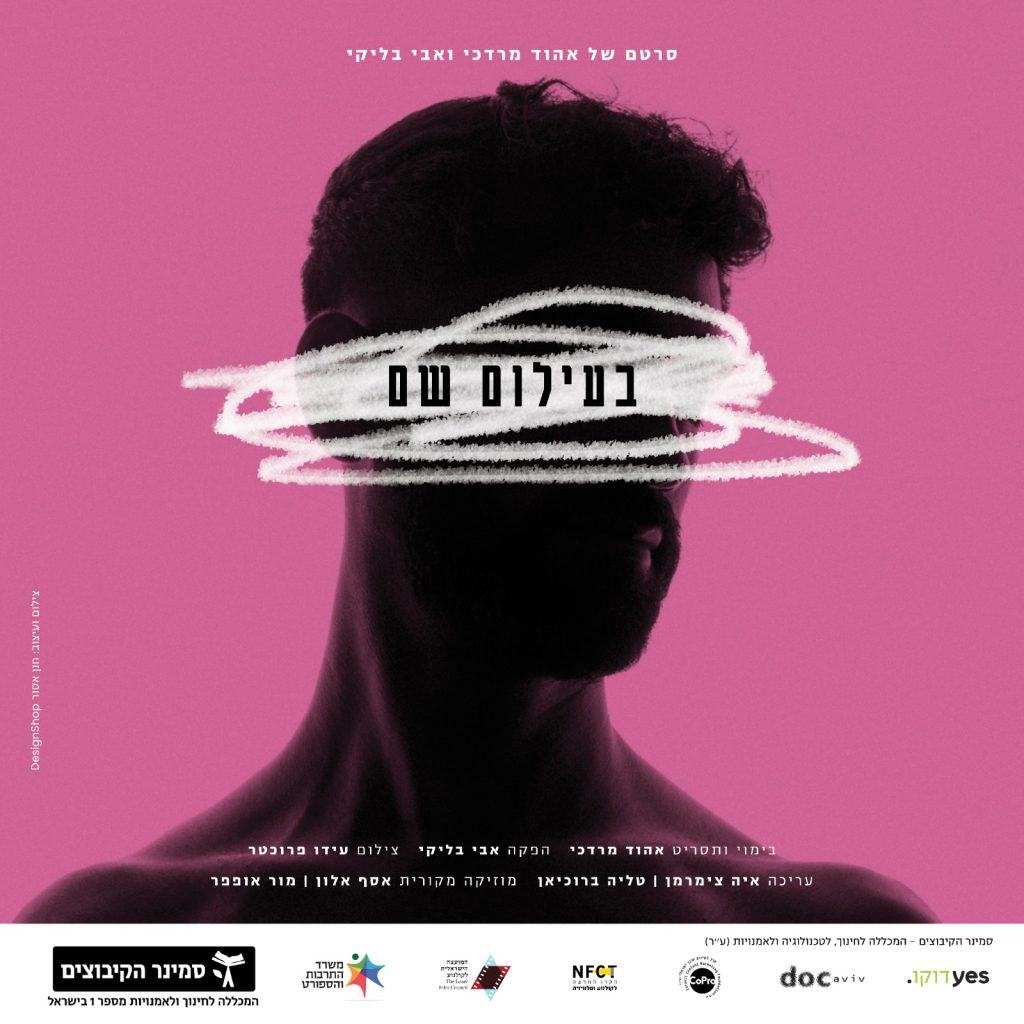
Tell us a bit about your film and the filmmaking process – what did it take to make your film?
On August 1, 2009, a perpetrator forcefully entered the meeting place for LGBTQ+ youth known as ‘Barnoar’ in the heart of Tel Aviv, unleashing a hail of gunfire indiscriminately. In an instant, that fateful bullet pierced my body, forever altering the course of my life.
I began attending Barnoar when I was 15, keeping my visits a secret from my family. Deeply entrenched in the closet, I would travel clandestinely from Afula in the northern part of the country to Tel Aviv, seeking a sense of belonging among LGBTQ+ youth from all corners of our nation.
Unfortunately the tragic attack wrenched me out of the closet and exposed my sexual orientation to my unsuspecting family. My family struggled to engage in any discussion about that harrowing evening or my sexual identity. As the years passed, and I eventually moved to Tel Aviv while they remained in Afula, our relationship deteriorated.
Today, 13 years after that life-altering event, I am resolute in my determination to have an initial conversation with my family about that ill-fated evening, the subsequent unveiling of secrets, and my sexual orientation. I embark on a journey that forces me to confront old wounds, grapple with post-traumatic stress disorder, and endeavour to bring closure to this chapter in my life, paving the way for a renewed sense of emotional well-being.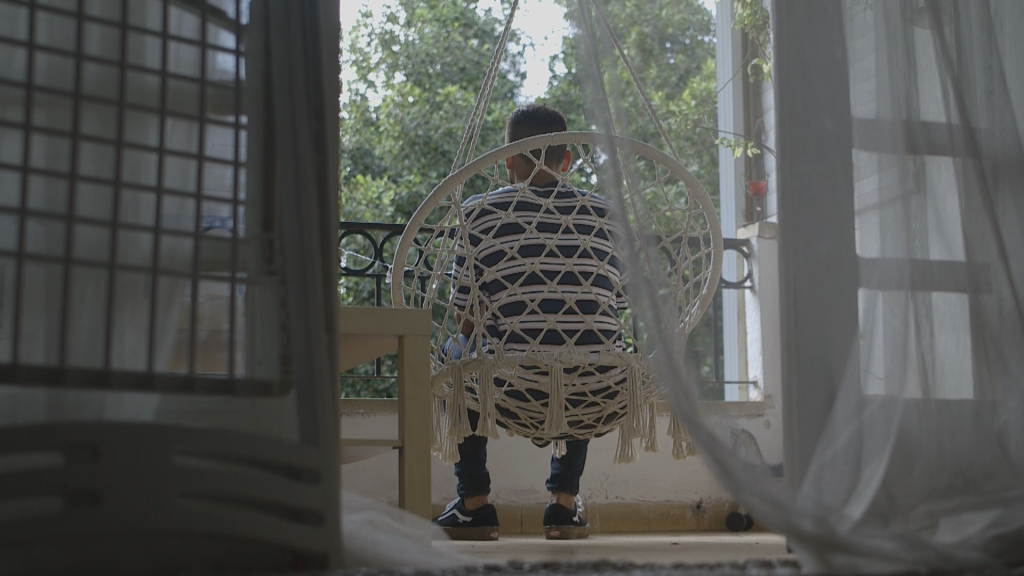
While working on the film, where did you draw your inspiration from?
My inspiration came from various sources. Initially, I embarked on a process of introspection, reflecting on my own experiences, emotions, and thoughts surrounding the incident. Through writing about my feelings, my aim was to gain clarity and identify the essential aspects that I wanted to convey in my film.
Furthermore, the people who collaborated with me on the project also provided inspiration. As it is a deeply personal film about my journey, my friends and colleagues offered valuable insights and reflected back to me the transformative path I was undertaking.
Throughout my own exploration, I immersed myself in a multitude of documentaries that delve into comparable themes of trauma, healing, and personal journeys. These films served as a wellspring of inspiration, broadening my perspective and informing my creative process.
How did you first start working on this film? What was the process like?
I began working on the film during the initial lockdown period of the coronavirus pandemic, which, like many others, brought forth a resurgence of introspection and doubts about life. It was during this time that I found myself confronting my PTSD once again.
Recognising the presence of unresolved issues that were impeding my present well-being, I realised the necessity of taking action to address and improve my life. Two significant aspects stood out—the lingering effects of post-trauma and the need to establish a deeper connection with my family. It was clear to me that these areas required a process of healing and resolution that had yet to be undertaken.
Thus, the idea to embark on this film project took shape—a means to not only reinterpret and delve into the depths of my post-trauma experiences but also to actively seek resolution within my family dynamics.
Creating this film provided a platform for me to confront and explore these complex issues through the medium of documentary filmmaking. It became a transformative tool, enabling me to navigate and reprocess the wounds that had haunted me while also fostering a deeper understanding of my relationships with my family.
What were the biggest challenges you encountered during making your film?
The process of working on this film demanded immense courage and strength from me as I embarked on a journey to confront the subject matter openly with my family for the first time. It required me to delve extensively into the depths of that dark and horrifying evening.
My experience with post-traumatic stress disorder (PTSD) has never been properly addressed, making it particularly challenging to confront and engage with it on a daily basis during the production of the film. Reliving the trauma posed numerous difficulties and presented a constant emotional toll.
Throughout the journey of filming, I often found myself emotionally drained and confronted with complex emotional states. However, ultimately, this process became a catalyst for personal growth. It enabled me to foster better communication with my family, strengthening our bonds, and transforming me into a stronger individual than I was before.
How was it to collaborate with your cast and crew?
My dear team understood the highly emotional nature of my journey, and our connection extended far beyond the scope of working on a film. They became my second family, the individuals who traversed this transformative process with me—laughing, crying, and fully comprehending the profound significance of the project. Their commitment and dedication were unwavering.
At the core of the team stood Avi Baliki, the film’s producer and my co-creator. Throughout the filming, we forged a bond that transcended mere colleagues; we became the best of friends, akin to brothers. Avi stood by my side each day, weathering the highs and lows, sharing in my sorrows and joys. He provided unwavering support, prioritising my mental well-being and ensuring that I would not stumble.
He embraced my ever-shifting moods and was a constant presence, available to me at any hour of the day. The connections formed with the film crew during our shared work are profound and enduring bonds with individuals whom I will forever hold dear in my heart. For their unwavering support and presence, I am immensely grateful.
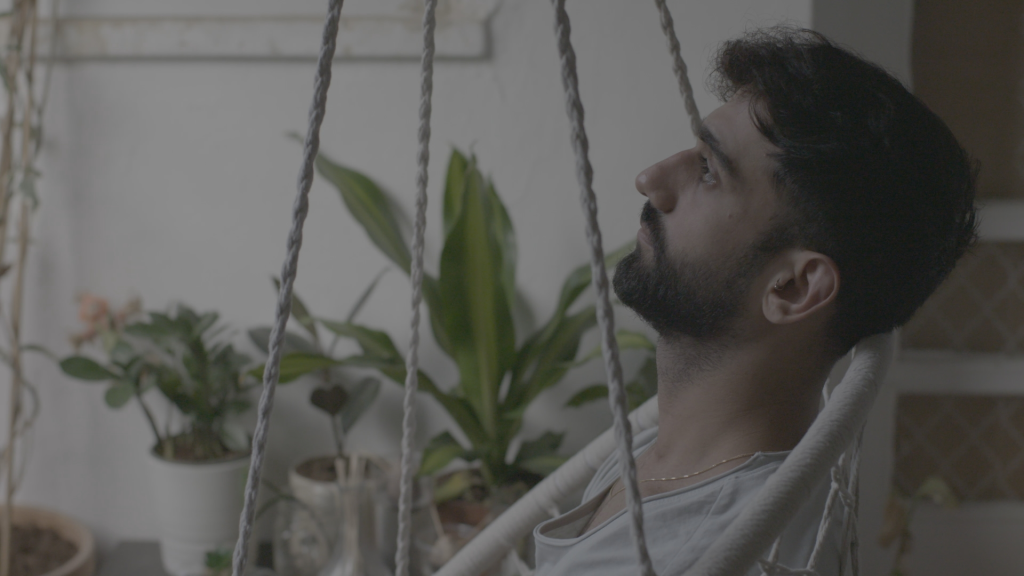
(c) Ido Fruchter
Tell us about the sound choices in your film – what type of score did you use and why?
In a remarkable synchronicity, my cousin Asaf Alon, a gifted songwriter and singer, composed a song about my experiences several years ago. This heartfelt creation, titled ‘Im’ (If), delves into the themes of post-trauma and our unique connection as cousins and best friends. It carries a message of liberation from sorrow and anger, emphasising the possibility of embracing a brighter future. Naturally, this poignant song became the anthem of the film, and its soundtrack permeates throughout, underscoring the emotional journey.
We also had the privilege of creating a music video for the song, intertwining footage from the film to showcase the profound diversity within Israeli society as a whole. This visual representation aligns harmoniously with the overarching themes of the film.
Additionally, befitting a production that explores a fateful night marred by tragedy, we incorporated suspenseful and dramatic music at specific moments to heighten the intensity and evoke the raw emotions of that evening.
Can you share the most important lessons you learned through the process of making the film?
One of the most profound lessons I gleaned from working on this film is the paramount importance of effective communication, particularly within the context of family and close relationships. The film acted as a catalyst, compelling me to engage in conversations with my family and express thoughts and emotions that, although challenging to articulate, were necessary for fostering improved connections.
Moreover, this journey rekindled my appreciation for the true value of friendship. The unwavering support and presence of those individuals who stood by my side throughout the filming process and the emotional roller coaster I experienced served as a powerful reminder of how essential and immensely precious good friends truly are.
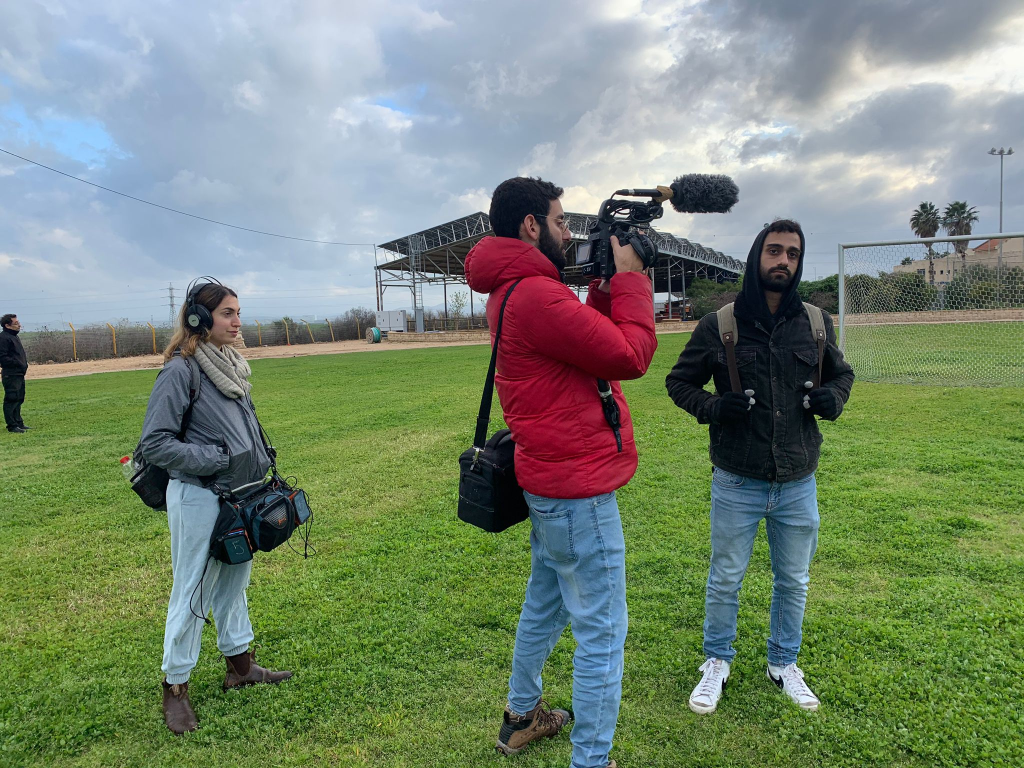
If you could go back in time to pre-production and give yourself one piece of advice, what would it be?
There is one aspect that I feel a sense of regret about, and that is my struggle to say the word ‘gay’ to my family during the movie. Looking back, I wish I had confronted them with the word, even though I understand it may have been challenging for them to hear. I believe it was necessary and the right thing to do, regardless of the discomfort it may have caused them.
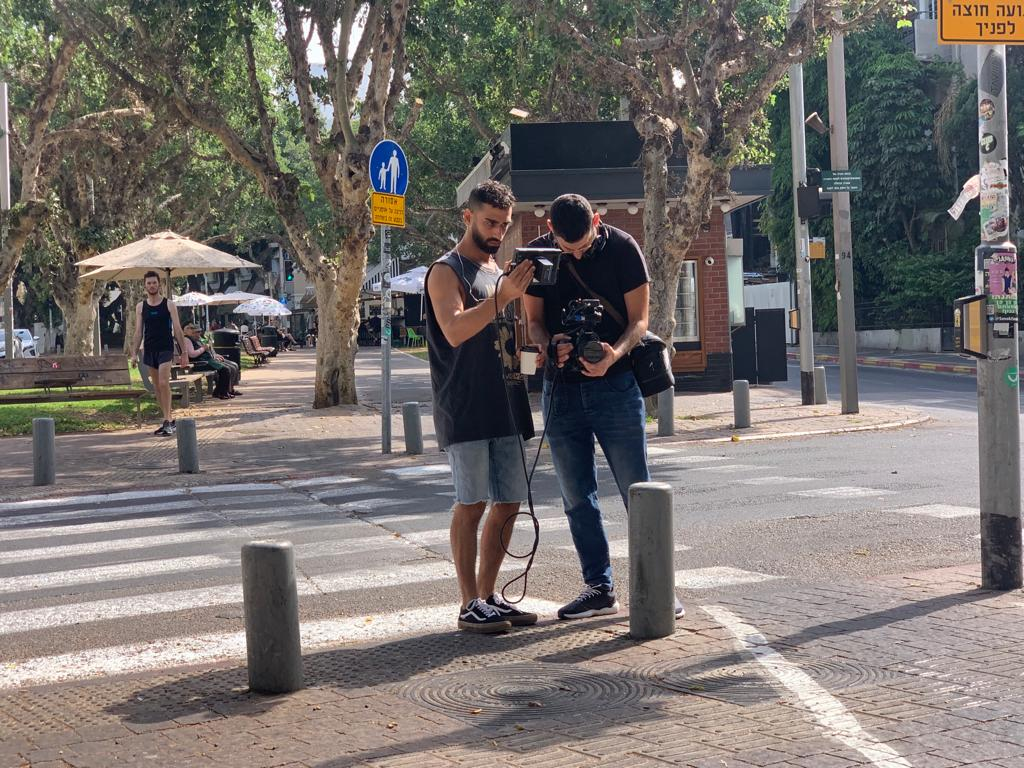
What was it like for you working with the actors you cast? Do you have a technique for directing actors you can tell us about?
Working with the individuals involved in the film was a complex and delicate process. As I interacted with other victims of the same terror attack, I encouraged them to open up about their own traumas from that fateful evening. However, it was not an easy journey for everyone. I encountered rejections from some individuals who found it difficult to revisit and discuss their experiences. In fact, the anxiety associated with those memories was so overwhelming for one injured person that they vomited during our conversation.
I approached these individuals with great care, prioritising their comfort and emotional well-being throughout the filming process. It was essential for me to create a calm and supportive environment, ensuring that they felt in control of their own narratives.
Furthermore, the conversations with my own family proved to be immensely challenging. During the course of the film production, I began to realise that my family members were also grappling with their own post-traumatic disorder stemming from that evening when they received news of my critical condition.
In my interactions with them, I exercised utmost caution, striving to avoid blame or criticism. Instead, I focused on fostering understanding and actively listening to their perspectives, offering empathy and support as much as possible.
What would you like people to take away from your film?
By sharing my personal story, this documentary film has the power to cultivate empathy and understanding among viewers while shedding light on important topics such as identity, acceptance, and personal growth. It serves as a medium through which viewers can grasp the challenges individuals face in terms of their identity, social stigma, and personal traumas.
The film invites viewers to step into the shoes of others and develop a deeper understanding of diverse life experiences.
Moreover, the documentary film serves as an educational tool, bringing attention to the struggles encountered by the LGBTQ+ community and the enduring impact of traumatic events. It raises awareness about the significance of acceptance and support for the LGBTQ+ community as a whole.
Through my journey of self-discovery and healing, the film has the potential to inspire viewers who may be navigating similar experiences. It showcases the strength and resilience required to overcome adversity and embark on a path of self-acceptance and self-love. It serves as a beacon of hope and encouragement for those on their own healing journey.
Exploring the dynamics between me and my family provides a unique opportunity to delve into the intricacies of familial relationships and the challenges I face in seeking recognition of my gender identity. The documentary film prompts reflection and sparks dialogue about the importance of unconditional love, acceptance, and open communication within families.
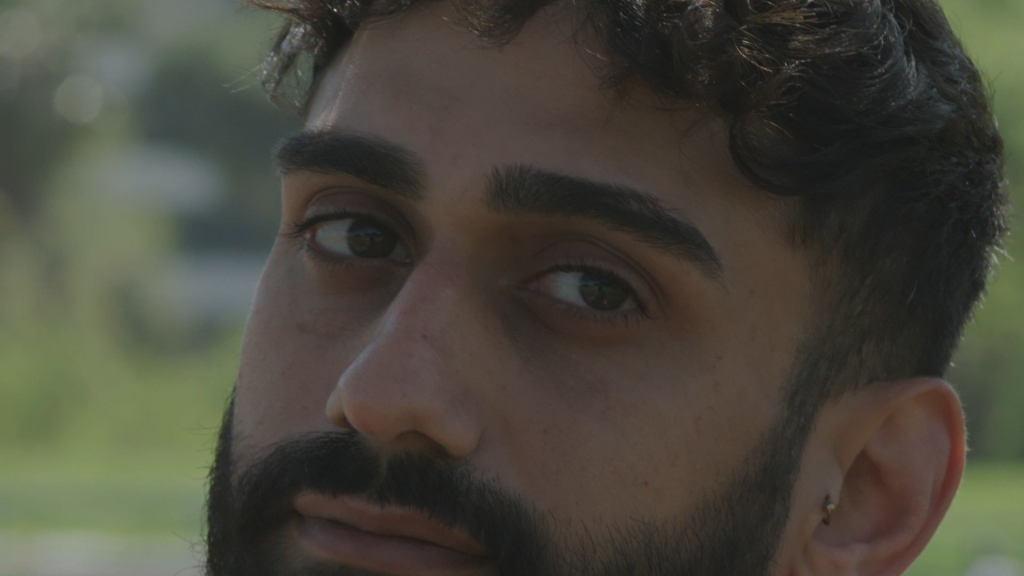
Photo (c) yehuda golomb
List the festival where your film has screened and any awards / recognition gained so far.
The film achieved remarkable success, garnering several accolades and support from esteemed organisations. It secured third place at the Docaviv Student Pitching 2022, showcasing its strong potential and compelling narrative. Additionally, the film earned second place at the CoPro Film Competition 2022, further validating its impact and quality.
Furthermore, the film received valuable support from the New Fund for Cinema and Television, underscoring its significance and contribution to the cinematic landscape. This support enabled the film to be brought to life and reach a wider audience.
Excitingly, the broadcasting rights for the film were acquired by the prestigious broadcasting body, Yes Docu. Viewers in Israel will have the opportunity to experience the film when it airs on television on June 8th, marking a significant milestone in its journey.
How does it feel for you, as an artist, to see your work being accepted to festivals and more?
As a creator and director, my ultimate aspiration is for the film to touch the hearts and minds of as many viewers as possible. I firmly believe that the film’s significance extends far beyond being my personal creation. It carries a profound influence on crucial aspects such as gender identity, family dynamics, the disparities between periphery and center, the quest for belonging, and the power of acceptance.
The film delves into an array of important topics that deserve greater exposure and should become integral parts of public discourse. By shedding light on these issues, the film has the potential to provoke meaningful conversations, challenge societal norms, and inspire positive change.
My sincere hope is that the film resonates with audiences from diverse backgrounds, fostering understanding, empathy, and a deeper appreciation for the complexities of human experiences. Through its powerful storytelling, I aim to contribute to a more inclusive and compassionate society where everyone feels seen, heard, and accepted.
Did you have a specific strategy for promoting your film? If so, please tell us about it.
Our distribution strategy encompasses a multi-channel approach, leveraging various media platforms to ensure widespread access to the film. Given the deeply rooted nature of the hate crime and the ongoing public interest surrounding the term “Barnoar,” we recognize the powerful resonance of this topic within Israeli society. This awareness enables us to harness the attention and engage with a broad range of audiences through print and broadcast media channels.
By securing the broadcasting rights with a reputable broadcasting entity, we have a shared interest in promoting and marketing the film effectively. The film’s exploration of vital themes such as LGBTQ+ issues, the periphery, belonging, and acceptance adds to its social value. We intend to capitalise on this value by collaborating with supportive organisations within the LGBTQ+ community to organise lectures and conferences, facilitating meaningful discussions and extending the film’s reach to diverse audiences.
Through our comprehensive distribution strategy, we aim to maximise the film’s impact and ensure that its messages resonate with as many people as possible. By utilising multiple media channels and engaging with relevant organisations, we can foster dialogue, raise awareness, and contribute to positive social change.
How has the process of distributing the film been for you so far? What have you learned?
Navigating the intricacies of film distribution and capturing the attention of a broad audience is no small feat, particularly given the competitive landscape within the industry. As I embarked on the task of promoting the film, a pivotal moment arose during the Students’ Pitch Festival of Docaviv in May 2022. At this early stage, while still immersed in the film’s production, I found myself standing before an audience, discussing the project for the first time. This experience marked a significant milestone, igniting a newfound confidence within me to articulate and convey the essence of the film. The subsequent opportunity to participate in the CoPro competition, held a month later, further bolstered my ability to communicate my story with precision and captivate listeners, solidifying my stage presence and enabling me to adeptly address inquiries from the audience.
With each passing moment, the process of working on the film evolved, granting me greater clarity and a more profound understanding of my purpose. I gained invaluable insights into the significance of my endeavour, unravelling the core motivations driving me to create this film. These experiences facilitated a more refined and focused approach, allowing me to convey my message with enhanced conviction and purpose.
As I delved deeper into the filmmaking journey, I grew in my ability to navigate the complexities of promoting the film, honing my storytelling skills and refining my understanding of the film’s profound significance to me and its potential impact on audiences. The learning process enriched my journey, solidifying my commitment to bringing this story to the world.
If you are a film industry professional and would like access to the catalogue and more, find out here how to sign up.
Filmmaker? Upload your short film to T-Port before September 15 and it will automatically be considered for our T-Port Lighthouse Selections – a curated list of films picked by leading industry programmers.
Back to T-Port Blog
